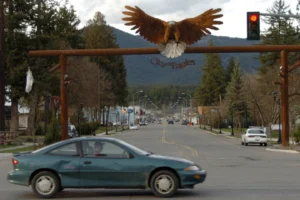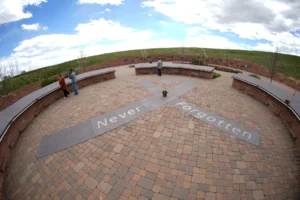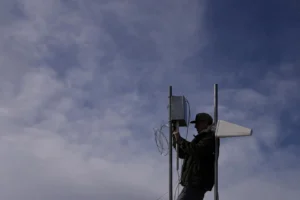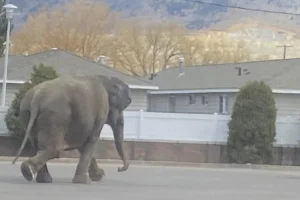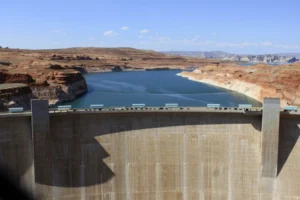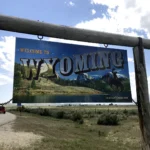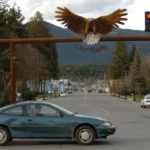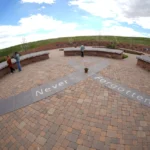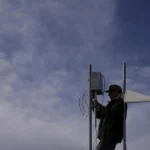As Emergency Calls Rise, Volunteerism Plummets
Mirroring a nationwide trend, Jackson Hole’s volunteer first responders are diminishing in number as the demands of the role expand
- Published In: Other News & Features
- Last Updated: Aug 20, 2022
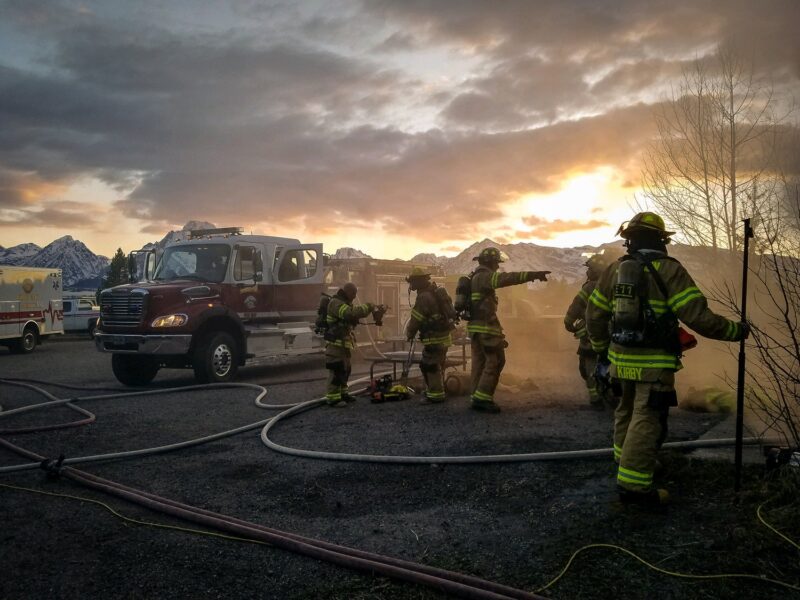
Jackson Hole Fire/EMS first responders train at least weekly on various operations and skills to be prepared to respond to any emergency 24/7. (Courtesy Photo from Brian Coe)
By Melissa Thomasma
Special to the Wyoming Truth
For 18 years, Rob Dearing did it all as a volunteer firefighter with Jackson Hole Fire/EMS.
He raced into structures engulfed in raging flame. He plucked stranded boaters from the churning Snake River and extracted motorists from the twisted metal of multi-car collisions. He made ambulance runs, rushing a critical patient to a waiting helicopter.
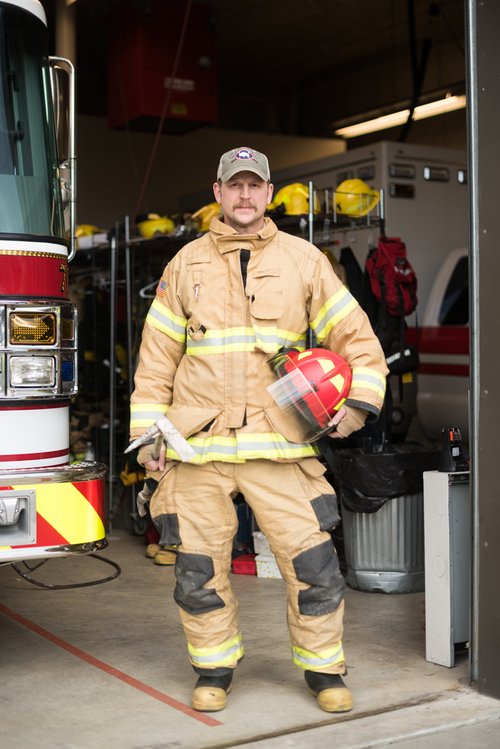
Dearing logged 1,800 hours annually for weekly training, continuing education and responding to calls. Along the way, he rose to the rank of captain. “Volunteers are there because they love it, they want to give back and help their neighbors,” he said.
In March, Dearing, a professional woodworker and furniture restoration artist, received shocking news: the rent on his downtown Jackson workshop was doubling.
In June, he resigned from the fire department to focus on his business and support his family.
“In addition to rising costs in so many other capacities, from groceries and gas to everyone’s property taxes, it was just too much,” said Dearing, 52, a father of a 6 and 8-year-old. “It wasn’t an easy choice, but it was what I had to do.”
Complex factors fueling volunteer attrition
For Jackson Hole Fire/EMS, the timing of Dearing’s departure could not have been worse, as the number of calls the department receives is closely tied to visitation.
“If it goes up 20%, our volume is going to up by 20%,” said Brady Hansen, Chief of Jackson Hole Fire/EMS.
Summer tourism in Jackson Hole is continuing to explode, according to the Jackson Hole Travel and Tourism Board, and Grand Teton National Park reported 2021 as its busiest year on record with 3.8 million recreational visits.
Jackson Hole Fire/EMS, the combined department that serves Jackson Hole and the surrounding areas of Teton County, relies heavily on volunteers—as do most fire departments across the United States. Sixty-seven percent of firefighters nationwide were volunteers as of 2018, and their contributions save the country nearly $50 billion annually, according to the National Volunteer Fire Council.
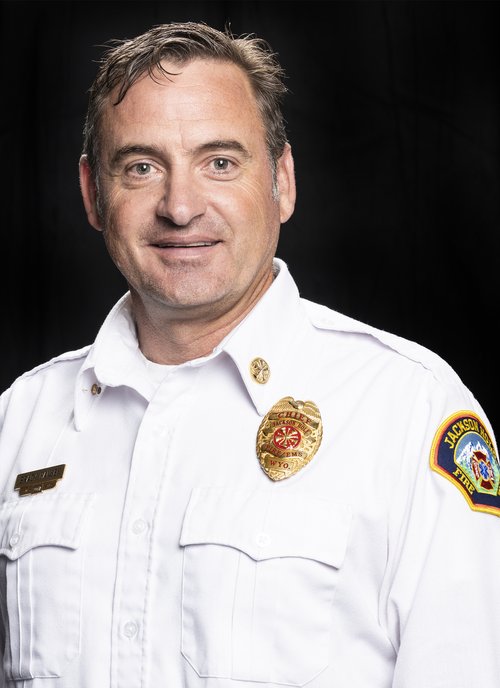
But those numbers are falling precipitously — in the same moment that the number of calls fire departments receive is growing exponentially. Overall call volume has tripled during the past three decades, the National Volunteer Fire Council reported. A study by the Pennsylvania Fire and Emergency Services Institute estimates that “the number of volunteer firefighters has declined from 300,000 in the 1970s to 38,000 in 2018.”
Jackson Hole is no exception.
Hansen said the department needs over 85 volunteers to be fully-staffed, but currently operates with around 60. The number of volunteers started declining a decade ago and continues to shrink every month.
Economic factors are fueling the trend. Volunteer firefighters in Teton County are required to reside within the county limits. But as housing prices and the cost of living have skyrocketed in recent years, many families moved to the more affordable bedroom communities of Star Valley or Teton Valley, Idaho.
Traditionally, 80% of the volunteer firefighters in Teton County have been mechanics, plumbers and construction workers who could drop their tool belt and run to the fire station, Hansen said. The other 20% have white-collar jobs that aren’t as flexible.
“That’s led to a challenge for us that fewer and fewer of our trades workers live in Teton County,” he said. “Because of the cost of housing, they’re commuting to work.”
Or they’re holding down several jobs, which doesn’t leave much time to volunteer, let alone complete the rigorous training program.
As training standards expand, time demands follow
Indeed, the time commitment to achieve and maintain required training has steadily increased over the past decade. All Jackson Hole Fire/EMS volunteers are trained to be “all-hazards” responders and must learn medical emergency response, structural and wildland fire response, vehicle extrication, hazardous materials and more.
Hansen estimated that a new volunteer faces nearly 250 hours of education simply to join the team. That number doesn’t include mandatory ongoing education, additional certifications in other specialties or responses to actual emergencies.
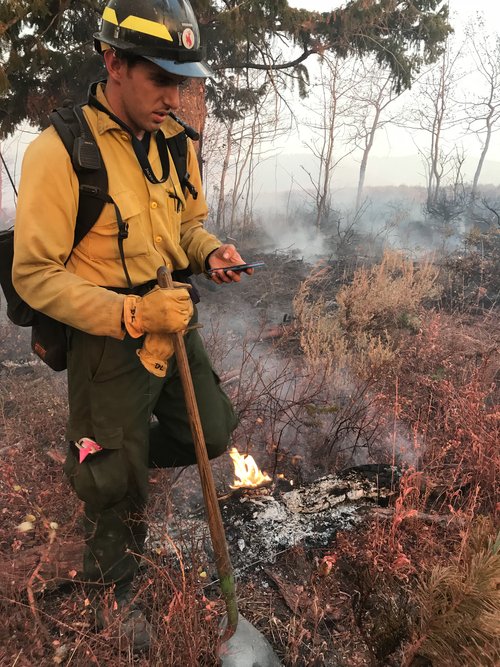
Lieutenant Dan Long, a member of the department for eight years, has watched the steady flow of volunteer resignations and felt the impact of dwindling numbers both in an operational capacity as well as an eroding of morale among those who remain. He believes a robust, skilled volunteer corps is vital to the heart of the first responder organization.
“There’s something to be said for the quality of service and the principal experience that is delivered when it’s neighbors helping neighbors,” said Long, 39, director of marketing for Sotheby’s International Realty in Jackson Hole. It’s recognizing the people that you see on the rigs as community members, that you see in the grocery store, see at community events, it’s being approachable.”
Hansen agreed that the volunteer component to emergency response is critical to the model of Jackson Hole Fire/EMS. Not only does the volunteer corps save taxpayers $6 million annually, but with vast distances between areas in the valley, first responders can be essential in a crisis.
“I need to have volunteers that race to the station, grab their gear and respond and get there quickly to make a difference, whether it’s a fire or a medical or any other type of call, we go on,” Hansen said. “Those first responders have to be volunteers.”
After a dozen years of service with Jackson Hole Fire/EMS, Remy Levy, age 54, stepped down from the department. He is now building an auxiliary foundation that will recruit, retain and support both volunteers and paid staff.
Levy recalled a brutal storm in February 2017 that closed all three entrances to the valley, making volunteer first responders a critical resource until travel was reinstated.
“If you’re a paid firefighter who can’t and doesn’t live in the immediate community, you’re certainly not going to be there,” Levy said, now retired from Capital Group Companies. “When it all hits the fan at two in the morning, and they’re over in Alpine, Victor or Driggs… you need your local volunteer first responders here, right?”
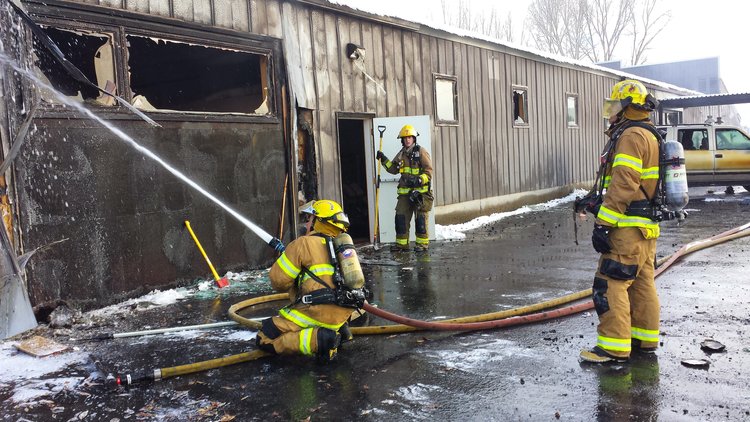
The high turnover rate for newer volunteers also impacts the department.
“… Okay, you’re keeping the number at 60 say, but you’re losing the ones who’ve got 15+ years in the system, and you’re churning the ones who are under five,” Levy said. “So, it looks like you’re staying stable, but you’ve basically got all these people who are less experienced and knowledgeable, while you’re losing the people who do have that critical experience and knowledge base.”
These losses, Levy explained, tend to dampen overall organizational morale — and further exacerbate the challenge of meeting a rising demand for emergency response.
Given its complexity, Hansen acknowledged that there’s no single solution to the volunteer shortage. One idea he is currently exploring would allow volunteers to contribute as either firefighters or EMTs, instead of requiring everyone to receive all-hazards training. “The reality is, we need to be more creative in how we recruit good people,” Hansen said.
The need for prompt, professional response becomes more critical every year, as visitors continue flocking to the Cowboy State in record numbers.
“This community would suffer greatly if we lose our volunteer program,” Hansen said. “It’s an essential for us. If they [volunteers] go away, a person who’s calling 911 is going to wait 30 plus minutes to get a first responder. And that is truly life and death.”



